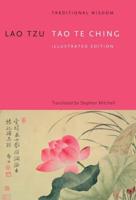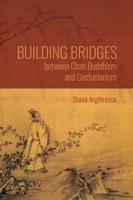Publisher's Synopsis
In recent years, both scholars and the general public have become increasingly fascinated by the role of religion in modern Chinese life. However, the bulk of attention has been devoted to changes caused by the repression of the Maoist era and subsequent religious revival. The Fifty Years That Changed Chinese Religion breaks new ground by systematically demonstrating that equally important transformative processes occurred during the period covering the last decade of the Qing dynasty and the entire Republican period. Focusing on Shanghai and Zhejiang, this book delves in depth into the real-life workings of social structures, religious practices and personal commitments as they evolved during this period of wrenching changes. At the same time, it goes further than the existing literature in terms of theoretical models and comparative perspectives, notably with other Asian countries such as Korea and Japan.










